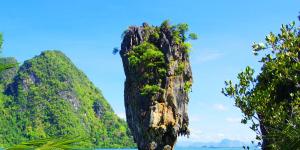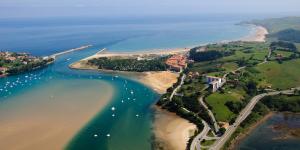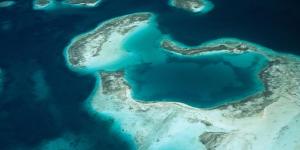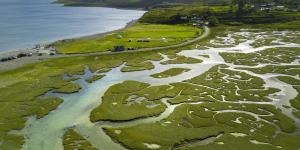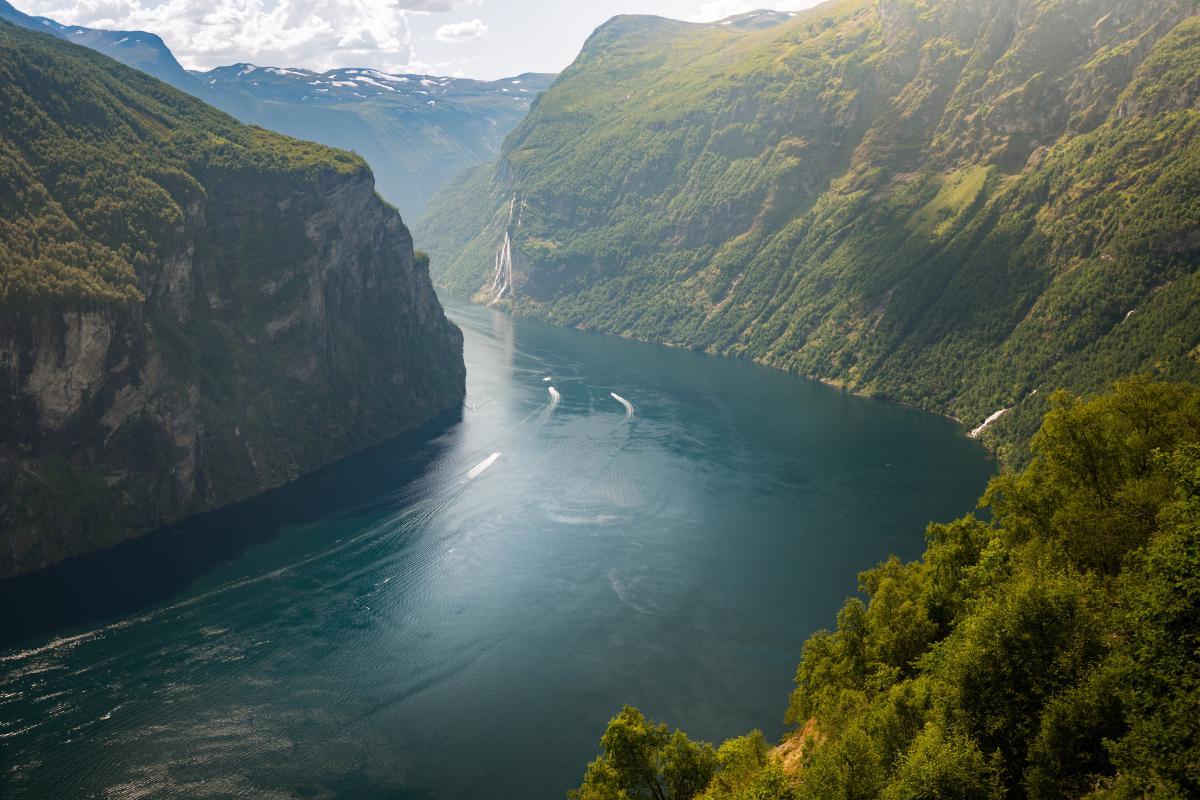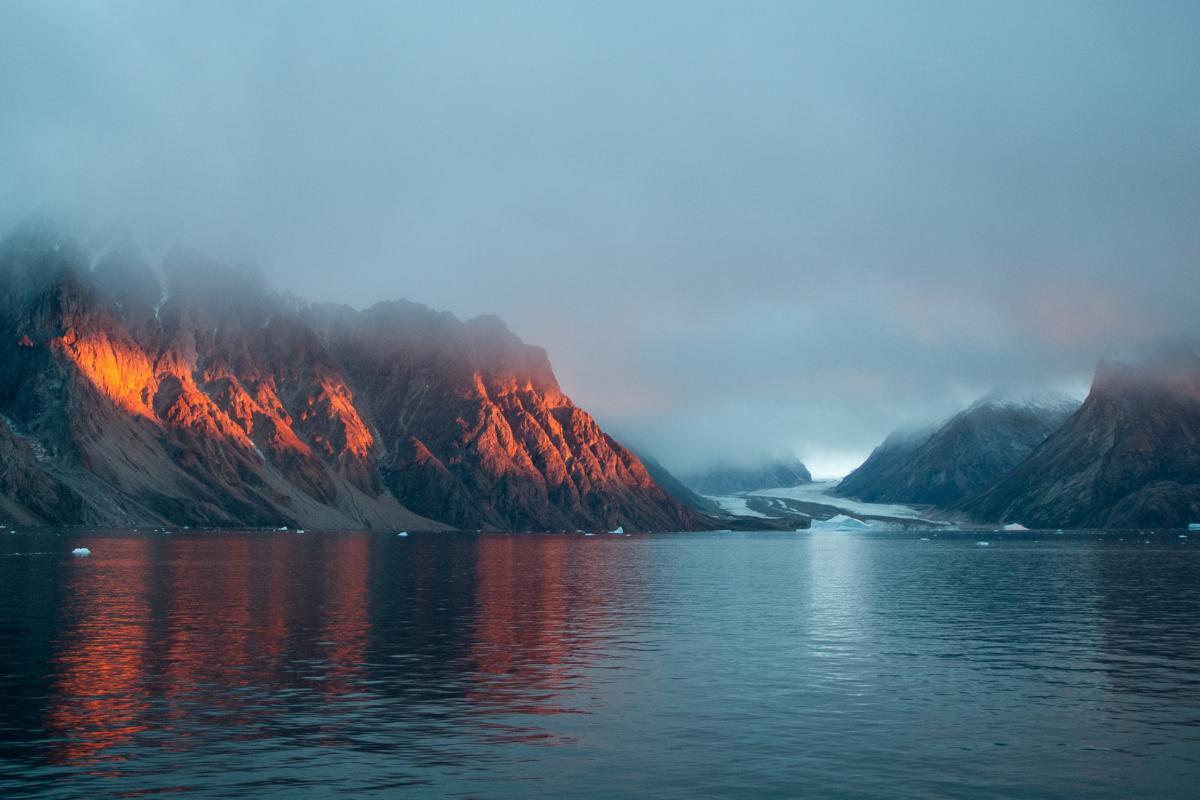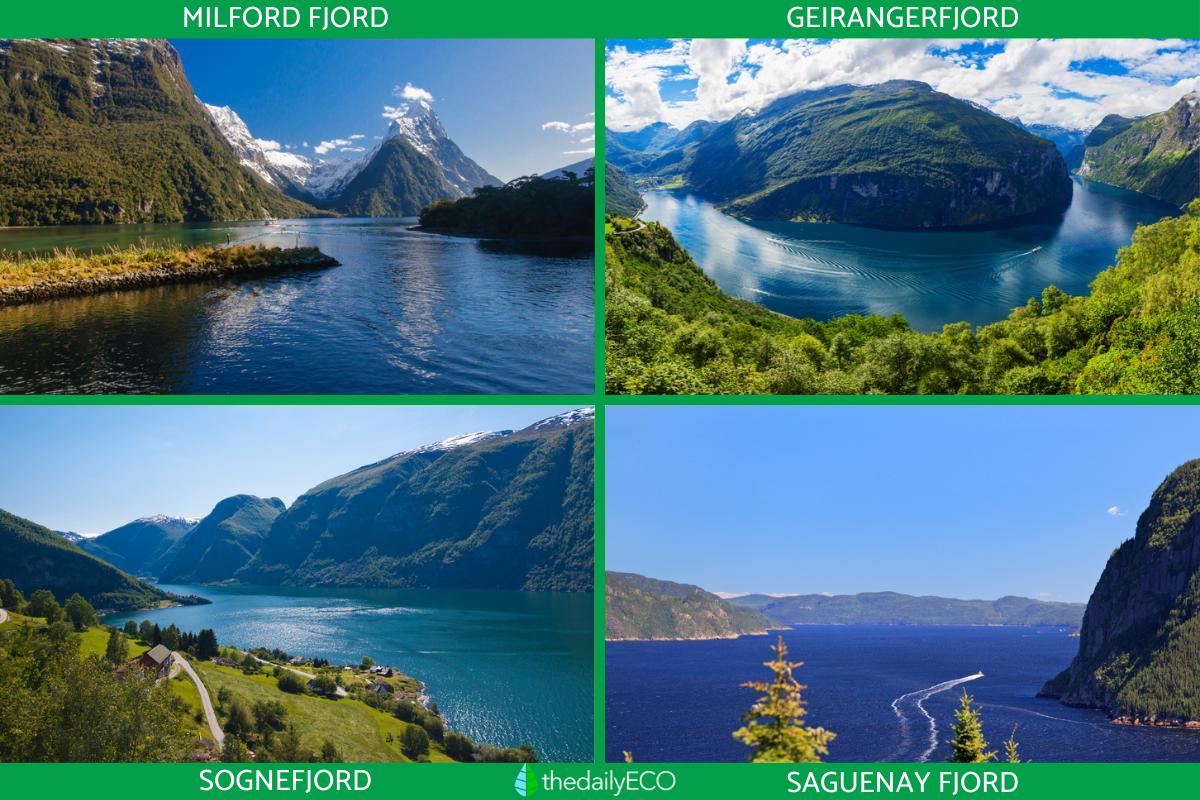How Are Fjords Formed?


Fjords are responsible for some of the most beautiful and picturesque sights in the world. Found near the sea, they are coastal features which can vary greatly in form and appearance. They always have steep and rocky slopes, geographical features which are related to fjord formation. They are the result of intense glacial activity which occurs over periods of thousands of years. It is for this reason that fjords are associated with areas of the world with great glacial activity, even if this has occurred to a greater extent in the past.
If you want to know more about these stunning geographical features, thedailyECO asks how are fjords formed? We explain the process of fjord formation, examples of famous fjords and which fjord is the biggest in the world.
What is a fjord?
The term fjord derives from the Norwegian language which roughly translates as ‘where one forges a path’. It is a geological and geographical feature which is characterized as a narrow and deep sea inlet surrounded by mountains withy steep rocky slopes.
These relief formations are the result of the intense activity of glaciers over thousands of years. As they advance from the mountains towards the sea, glaciers erode the surrounding terrain. When they do so, they create U-shaped valleys in the terrain. When the ice melts and the sea level rises, these inlets become flooded and give rise to fjords. This process ensures that fjords are remarkably deep, often deeper than the surrounding sea
Fjords can extend more or less rectilinearly several miles inland. The current location of the fjords is associated with high latitudes in places such as Norway, Scotland, Greenland, Iceland, Canada, Alaska, Kamchatka, Chilean Patagonia, South Island of New Zealand, Tasmania and Antarctica. They are also found in certain archipelagos such as the Kerguelen Islands, South Georgia, South Shetland Islands and other minor groups.
Since fjords provide passage inland directly from the sea, they have traditionally been very important for industry. Especially when large ports are not available, fjords have allowed transport links inland from the sea for hundreds of years. The have also been very important for use in the fishing industry.
Although fjords were traditionally used for fishing and transportation, they have often been replaced by more efficient services. They are now often greatly important for tourism, although some have been adapted to be used in hydroelectricity generation.

How a fjord is formed?
We know that fjords are created due to glaciers, but we now look more closely at how fjords are formed:
- Glacial movement: fjords are formed in places where climatic conditions previously allowed the formation of glaciers. As time passes, the glacier increases in size and begins to move slowly. This movement is due to gravity and the weight of accumulated ice. As the glacier advances, it erodes the underlying terrain with incredible force resulting in the formation of U-shaped valleys. The terrain must have a certain slope so that the gravitational attraction allows the glacier to move. Since the land often slopes towards the sea, this is one reason fjords are coastal geological features.
- Glacier retreat and valley flooding: thousands of years ago in various places around the world, changes in the global climate caused the Earth's average temperature to rise. With this process, glaciation came to an end and allowed glaciers to retreat. Due to the melting of large masses of ice, the sea level rose, allowing the deep fjord valleys to flood.
- Formation of a fjord: the end result is the fjord, a deep and narrow marine inlet surrounded by steep slopes or cliffs. Fjords can have several branches and extend inland for tens of miles.
- Development of a unique ecosystem: over time, the newly formed fjord begins to host marine and terrestrial life. This process develops a unique ecosystem that benefits from the rich waters fed by nutrients from the rivers and glacial melt.
Learn more about the geographical features created by glaciers with our article on what is a glacial moraine?
What is the largest fjord in the world?
Although the country most associated with fjords is Norway, the largest fjord in the world is Scoresby Sound (Scoresby Sund in Danish) located on the east coast of Greenland. Close to Iceland, this impressive fjord has a length of approximately 350 kilometers, making it the longest known fjord and one of the deepest at about 1,500 meters below sea level.
Rather than one big fjord, it is a fjord system of interconnected fjords, around which there are several islands. The largest of these is known as Milne Land. Near the mouth of the fjord there is a human settlement known as Ittoqqortoormiit that can only be reached by boat or helicopter.
Learn about the different types of island with our related guide.

Other important fjords
Milford Fjord (New Zealand)
Located in Fiordland National Park on the South Island of New Zealand, Milford Fjord is probably one of the most famous and photographed fjords in the world. Surrounded by steep cliffs and dense rainforests, it is home to Stirling Waterfall, which plunges spectacularly more than 150 meters into the fjord. Local wildlife includes dolphins, seals and penguins, making it a popular destination for sightseeing cruises and outdoor activities such as hiking.
Geirangerfjord (Norway)
A UNESCO World Heritage Site, Geirangerfjord is one of Norway's iconic fjords. With its blue-green waters, waterfalls such as the Seven Sisters and the Bride's Veil, and rugged mountains, it is one of the most beautiful places on Earth. Located in the Møre og Romsdal region, this fjord is one of the most visited in Norway and offers spectacular views and activities such as boating, kayaking and hiking.
Sognefjord (Norway)
Known as the longest and deepest fjord in Norway and the second longest fjord in the world, the Sognefjord extends more than 200 kilometers inland from the coast of the Atlantic Ocean. It contains smaller fjords such as the Nærøyfjord which is also a World Heritage Site. They offer some of the most impressive landscapes in the country, with cliffs rising up to 1,300 meters above its calm waters and depths reaching up to 1,308 meters.
Learn about the geography of seas with our article on do the Atlantic and Pacific oceans mix?
Saguenay Fjord (Canada)
This fjord extends along the Saguenay River in Quebec, flowing into the St. Lawrence River. It is known for its stunning natural beauty and for being home to one of the few populations of freshwater beluga whales. The surrounding area is protected as part of the Saguenay Fjord National Park. It is popular for activities such as hiking, kayaking and whale watching.
Now that you know what a fjord is and how it is formed, don't miss our article on what are the highest sea cliffs in Euorpe?

If you want to read similar articles to How Are Fjords Formed?, we recommend you visit our Ecosystems category.
- Ponce, J. F., & Rabassa, J. O. (2016). The island of States and its fjords.
- Ponce, J. F,. Rabassa, J. O., & Martinez, O. E. (2009). Fjords on Isla de los Unidos: morphometric description and genesis of the only fjords in Argentine Patagonia.

